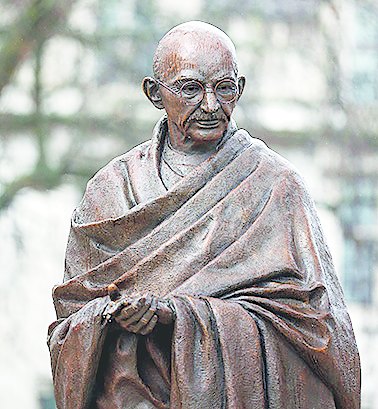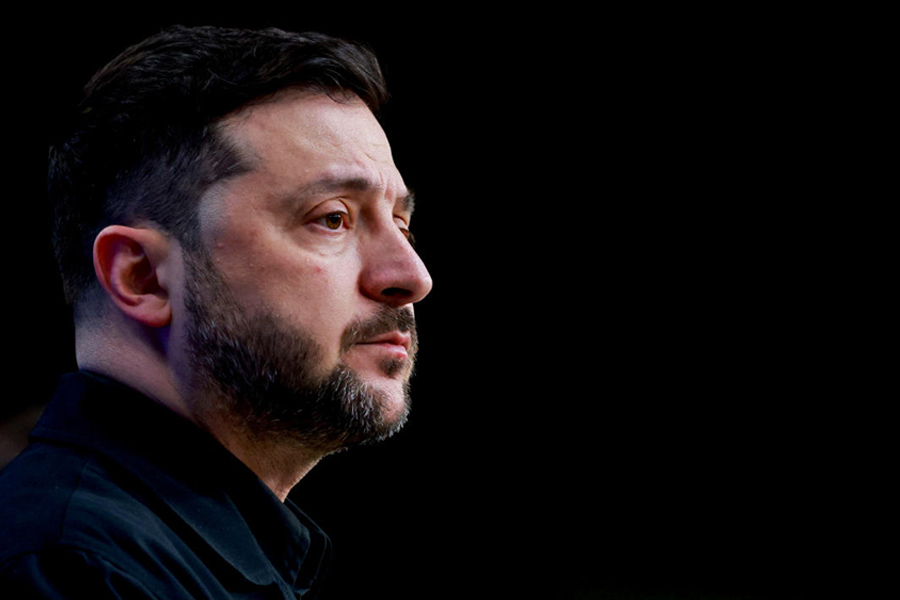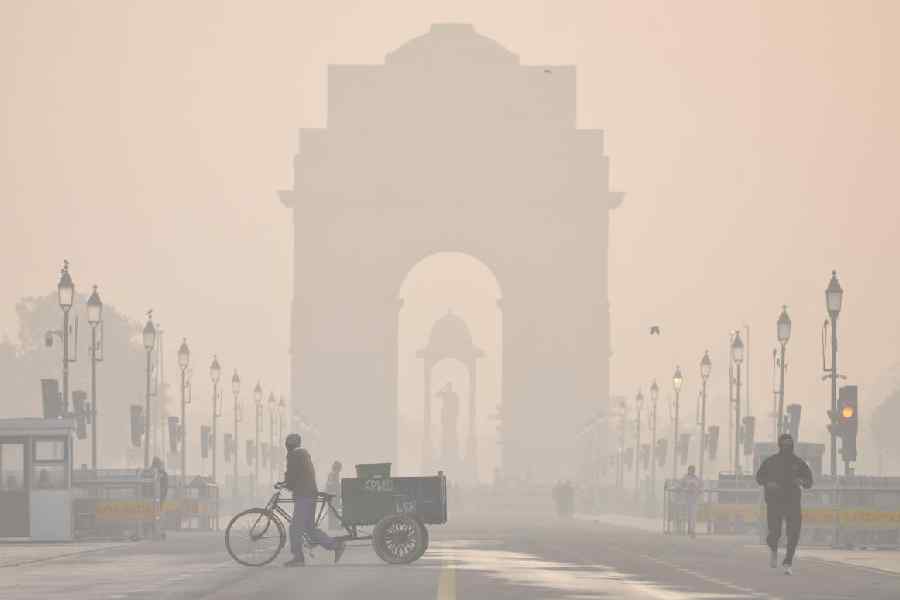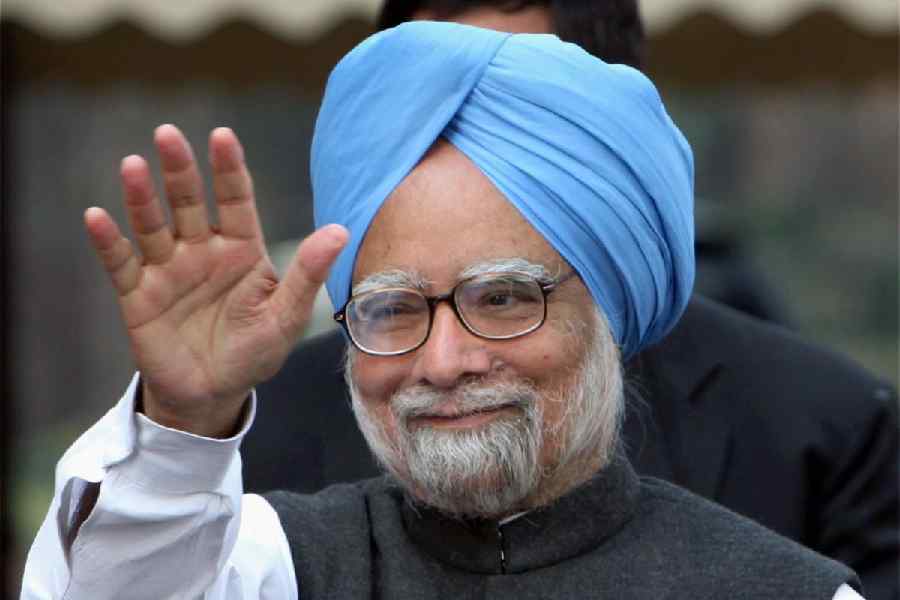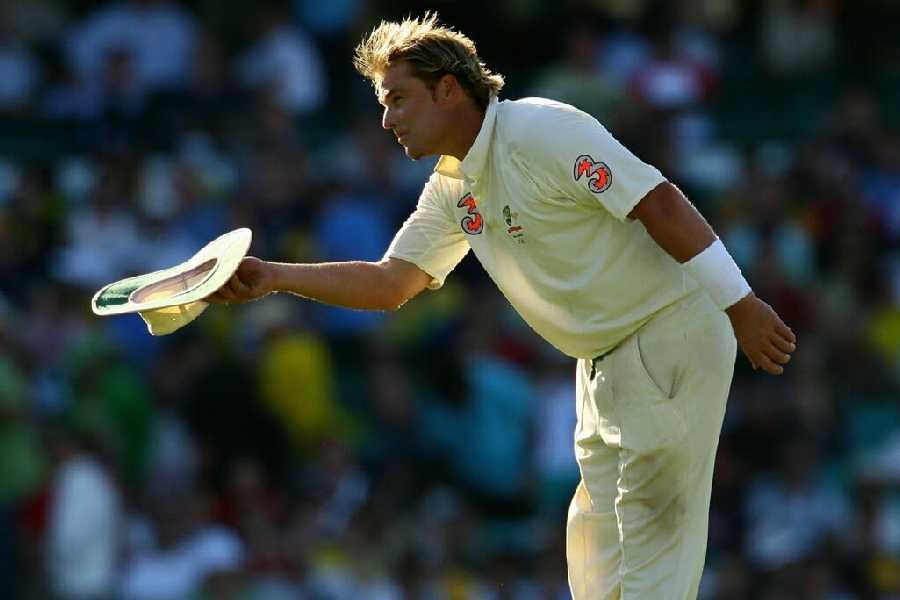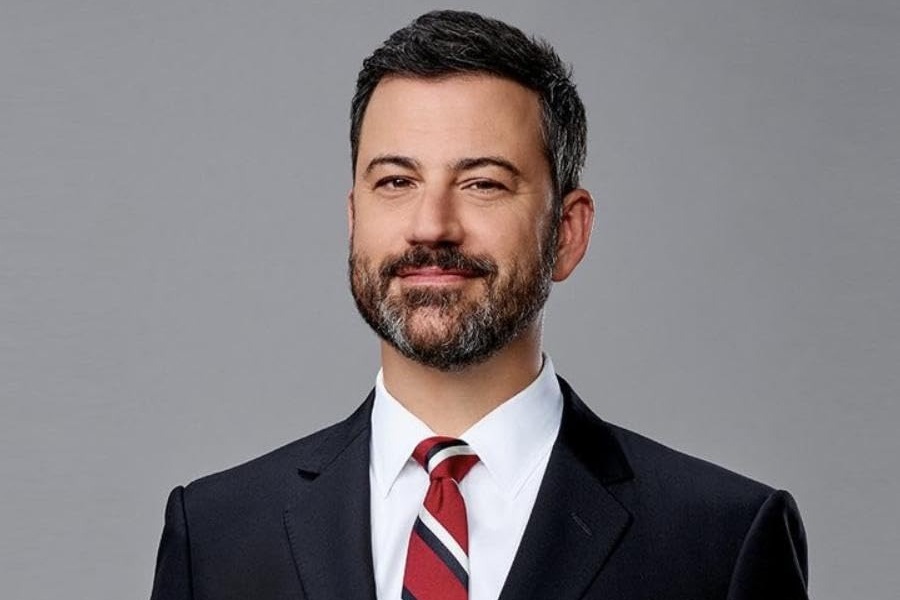
Earlier this month, a statue of Mahatma Gandhi was unveiled in London's Parliament Square. His is the 11th such statue in the square, but the first of one who did not hold public office. The leaders whose statues were already in place included seven British prime ministers, the South Africans, Nelson Mandela and Jan Christian Smuts, and the American, Abraham Lincoln.
Gandhi knew Smuts well. They were political adversaries in South Africa, when Gandhi pressed for greater rights for Indians, which Smuts, first as colonial secretary and then as interior minister, resisted. Through their encounters, they developed a grudging admiration for each other. When Gandhi returned to India in 1915, Smuts wrote to a friend, "The saint has left our shores - I sincerely hope for ever."
Twenty-five years later, Smuts was asked to contribute to a Festschrift planned for Gandhi's 70th birthday, which fell on October 2, 1939. He wrote a short, pungent piece, recalling how Gandhi's early satyagrahas, raising "a most troublesome issue", were "very trying to me", creating "a wild and disconcerting commotion" to control which "large numbers of Indians had to be imprisoned for lawless behaviour and Gandhi himself received - what no doubt he desired - a short period of rest and quiet in gaol".
At first sight "remote from the ways of democracy and indeed of Western civilization", Gandhi's technique, argued Smuts, carried echoes of "the Great Sufferer on the Cross", reminding Christians of their own early martyrs and protesters. Gandhi's "distinctive contribution to political method", said his old adversary, was to make "himself a sufferer in order to move the sympathy and gain the support of others for the cause he has at heart. Where ordinary political methods of reasoning and persuasion fail, he falls back on this new technique, based on the ancient practices of India and the East".
Smuts's views on Gandhi mellowed over the years. This was not the case with another man whose statue also stands in Parliament Square, Winston Churchill. Both Churchill and Gandhi would be on a short list of the greatest politicians of the 20th century. One played a critical role in defeating Hitler and Nazism. The other helped bring down an empire, while forging a method of non-violent protest since widely used in other countries and contexts.
Gandhi had no decided views on Churchill. On the other hand, the English patrician intensely disliked the Indian rebel. When,in 1930, Gandhi launched the Salt Satyagraha, Churchill revived a flagging career by warning the British public against conceding its demands. "Gandhi stands for the expulsion of Britain from India," he told his audiences, "Gandhi stands for the permanent exclusion of British trade from India... You will never be able to come to terms with Gandhi." "Gandhi-ism and all it stands for," declared Churchill, "will, sooner or later, have to be grappled with and finally crushed."
A year later, Gandhi visited London for the Round Table Conference. The day he arrived, he met the Press, and said, "I am going to write to Mr. Winston Churchill and [the pro-Empire newspaper proprietor] Lord Rothermere, asking if they will kindly give me an interview. That is not a joke. I have always asked to see those who have opposed me, so that I could explain my position."
Churchill, however, declined to meet Gandhi. Through the 1930s, he continued to speak out against granting greater rights to Indians. After he became prime minister in May, 1940, Churchill remained opposed to talks with Gandhi and the Indian nationalists. The Quit India movement was put down with a savage hand. After Gandhi was released in 1944, and opened a channel of communication with the viceroy, Lord Wavell, Churchill insisted that "the Viceroy had no business to correspond with a traitor who ought to be put back in prison".
Gandhi died in 1948. Three years later, Churchill published an instalment of his war memoirs, entitled The Hinge of Fate. This made an astonishing charge against his old foe. I quote: "Early in February [1943], Mr. Gandhi announced he would fast for three weeks. He was in detention under the most favourable conditions in a small palace outside Poona, watched with ceaseless vigilance both by British and his own Indian doctors. He continued obdurately to fast, and most active world-wide propaganda was set on foot that his death was approaching. It was certain, however, at an early stage that he was being fed with glucose whenever he drank water, and this, as well as his own intense vitality and lifelong austerity, enabled this frail being to maintain his prolonged abstention from any visible form of food... In the end, being quite convinced of our obduracy he abandoned his fast, and his health, though he was very weak, was not seriously affected."
The publication of The Hinge of Fate created an uproar in India. Angry letters were written to Churchill by Gandhi's secretary, Pyarelal, and his doctor, Bidhan Chandra Roy. These dismissed the Englishman's claims as canards. Gandhi had refused to take glucose at any time during his fast, even though a government doctor had warned that he might die if he did not. Further, Gandhi had always said that his fast would be of exactly three weeks duration.
In the course of my research into this curious incident, I found some sharp editorials in the Indian press. The Tribune (then published from Ambala) said Churchill's charges had been refuted by those who had first-hand knowledge - namely, the British and Indian doctors attending on Gandhi in 1943. Then it added, "Mr. Churchill's remarks only betray his lack of understanding of the Mahatma's character and his general ignorance about this country. Mr. Churchill is a great war-time leader. But no man is more insular in his outlook. He has yet to realise that the people of Asia, Africa and the Middle East are entitled to a life of their own. He still thinks in terms of the hegemony of the world by Anglo-Saxon peoples."
Even sharper in its criticism was the now defunct Indian News Chronicle. Its editorial, entitled "Churchilliana", and published on September 27, 1951, said that Churchill's memoirs were full of myths and misstatements, of which the calumnies against Gandhi were representative. Churchill's "entire political career", it thundered, "is a record of political opportunism, inconsistency, and downright wickedness". Calling him a "friend of reaction" and "a high priest of British imperialism", the editorial ended by saying:
"Mr. Churchill is incorrigible, hopelessly out of date, and is getting unpopular day by day. His memoirs might be read for their grandiloquent phraseology, bombast, and nineteenth century English, but no student of history will find his version of recent history a safe guide. The odds are that these memoirs, in course of time, will be rescinded to the dustbin. And as for his malicious attacks on Mahatma Gandhi, we are certain that they will deceive no one. Long after Churchill and his memoirs have been forgotten, humanity will continue to regard Gandhiji as a beacon of peace; and cherish his memory with reverence even as they cherish the memory of Jesus, Buddha and Socrates."
The Hindustan Times's response was less polemical, but arguably more effective. The paper was then edited by Gandhi's son, Devdas. He deputed a reporter to locate Major General R.H. Candy, the British doctor who had attended on Gandhi during his fast in prison in 1943. Dr Candy now lived in retirement in rural Hampshire. Asked to comment on Churchill's allegations, he confirmed that he had indeed advised Gandhi to take glucose, but Gandhi had refused. Dr Candy added that "from my knowledge of Mr. Gandhi, I am convinced that he would not willingly have taken glucose or any other form of food" (during his fast).
Churchill's response to these corrections is unknown. Yet, the depth of his dislike of Gandhi is striking indeed. The man he had dismissed in the 1930s as a seditious Inner Temple lawyer had, by the 1950s, become a figure of almost universal respect. Hence, perhaps, the sly dig in his memoirs, a final attempt to show (the now deceased) Gandhi his place.
Gandhi and Churchill met only once, in London in 1906, when Churchill was under secretary of state for the colonies. In this capacity, he had supported the eviction of Indian traders from the main streets of Johannesburg and other towns in South Africa. The eviction was designed to protect white traders from competition. Justifying the move, Churchill argued that "it is very desirable to keep the white and coloured quarters apart, as the practice of allowing European, Asiatic and native families to live side by side in a mixed community is fraught with many evils". Gandhi believed otherwise - in fact, at the time he met Churchill, Kasturba and he were sharing a house in Johannesburg with an English couple, Henry and Millie Polak. Yet, he failed to convince Churchill that races living together were a more humane and civilized alternative to races forever living apart.
A century and more after that 1906 meeting, Gandhi and Churchill meet once more in London - posthumously. That Gandhi and Mandela now stand alongside a slew of white men in Parliament Square is proof of how much England itself has moved away from Winston Churchill's views on racism and imperialism.
ramachandraguha@yahoo.in

